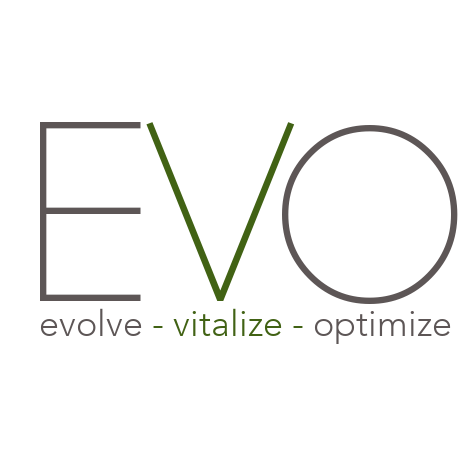NAD Therapy
NADH is the active coenzyme form of Vitamin B3 (Niacin), a vital cofactor in energy production processes and central to our metabolism. You also may have heard of just NAD which is the oxidized form of NADH. The acronym stands for “nicotinamide adenine dinucleotide (NAD) + hydrogen (H).” NADH occurs naturally in every cell of the body and has been investigated in treatment of jet lag, Alzheimer’s, Parkinson’s and CFS/ME. IV NADH has shown to reduce fatigue by restoring mitochondrial function, improve metabolism and cognitive function.

